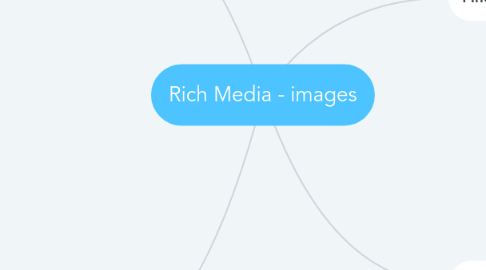
1. Making
1.1. types of images: gif, jpg, png, wmf, vectors versus bitmaps
1.1.1. file size
1.1.2. graphic or icon versus photos / illustrations
1.2. how to edit
1.2.1. PowerPoint as a graphic tool
1.2.2. PowerPoint for poster/A4 layouts
1.2.3. Screenshots
1.2.3.1. How to screenshot-snipping tool
1.2.3.2. Greenshot (free)
1.2.4. Bulk processing (free)
1.2.4.1. IrfanView
2. Using
2.1. Cognitive load/contiguity principles/dual channel assumption
2.1.1. eye candy dos and don'ts
2.1.2. Avoiding animated distractors
2.2. pedagogic possibilities
2.2.1. TPACK model
2.2.2. timeline tools, concept maps, flow diagrams, visual/graphic organiser
2.2.2.1. can be tied back to brain-friendly learning
2.2.2.2. making connections
2.2.3. comic strips
2.2.4. Tools for collaborative image making
2.2.4.1. sketch up
2.2.4.2. maps
2.2.5. Curation
2.2.6. Drag and drop labels/images
2.2.6.1. Alistair table/organiser idea
2.2.6.2. Order/process/hospitality/travel training
2.2.7. Images + Word
2.2.7.1. text-wrapping
2.2.8. Portrait v landscape
2.2.8.1. digital layouts and useability of resource for screens
2.2.9. Hotspot images
2.2.10. Diagrams and graphs
2.2.10.1. data visualisation
2.2.10.1.1. AM scattergraph example
2.2.11. Odd one out
2.2.11.1. prompt discussions
2.2.12. Flashcards
2.2.13. Doodling, Sketchnoting & visual facilitation
2.2.13.1. personal note taking - recall, assimilation, reflection
2.2.13.2. visual explanation - clarity of communication, differentiation
2.2.13.3. Visual facilitation - reflection, review, action planning
2.2.13.4. Collaborative notetaking & social media - crowdsourcing, sharing, networking
3. Finding and sharing
3.1. copyright
3.1.1. Xpert attribution tool, OER
3.1.2. Jisc copyright guidance
3.2. sources
3.2.1. unsplash
3.2.2. pixabay
3.2.3. fontawesome
3.2.4. Canva
3.2.5. Jisc MediaPlus
3.2.6. CC search
3.2.7. The Noun Project
4. Why images?
4.1. Inclusion
4.1.1. pros
4.1.2. cons
4.1.3. Practices
4.1.3.1. DIY good practice
4.1.3.2. Commercial image description at scale
